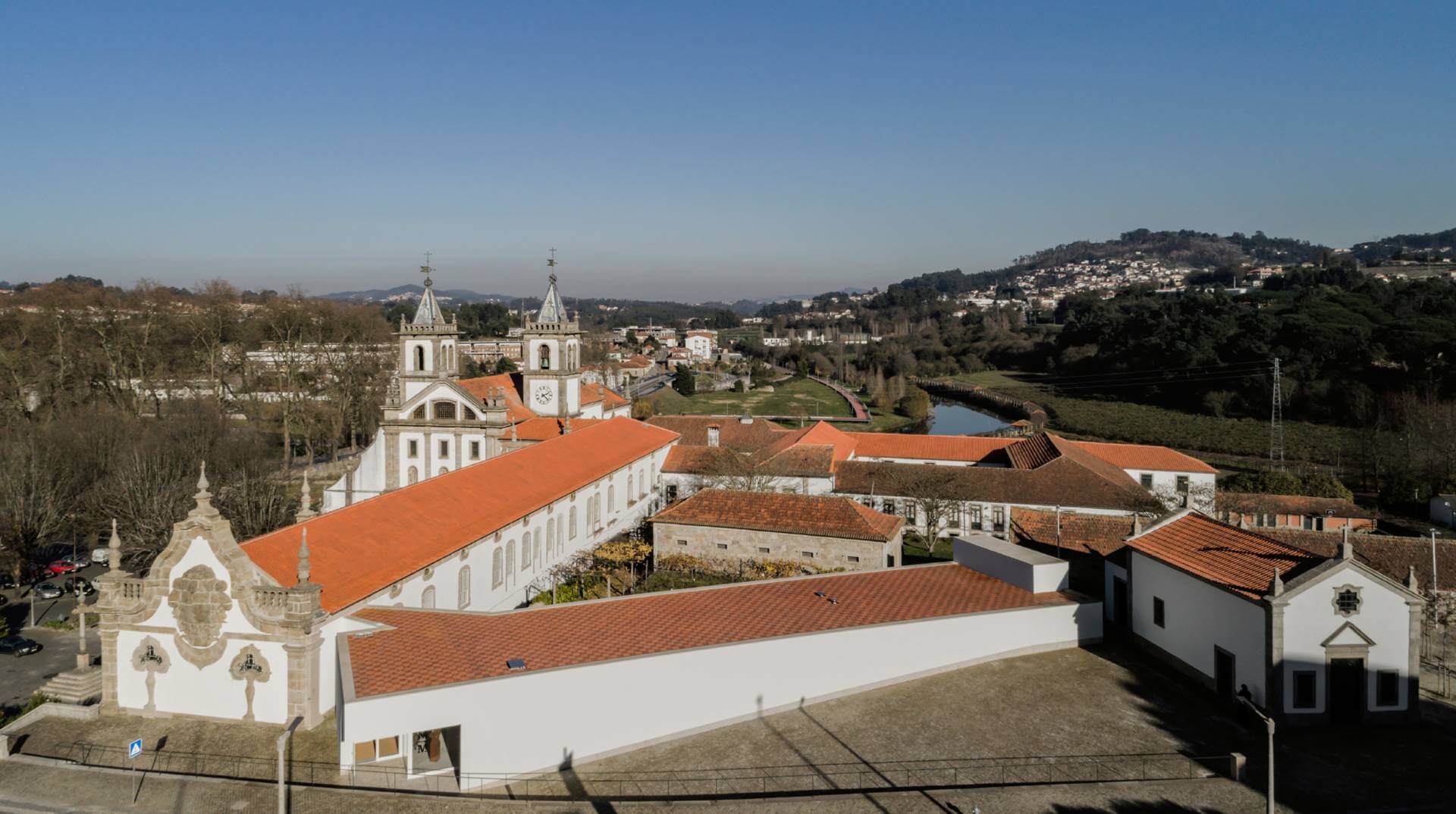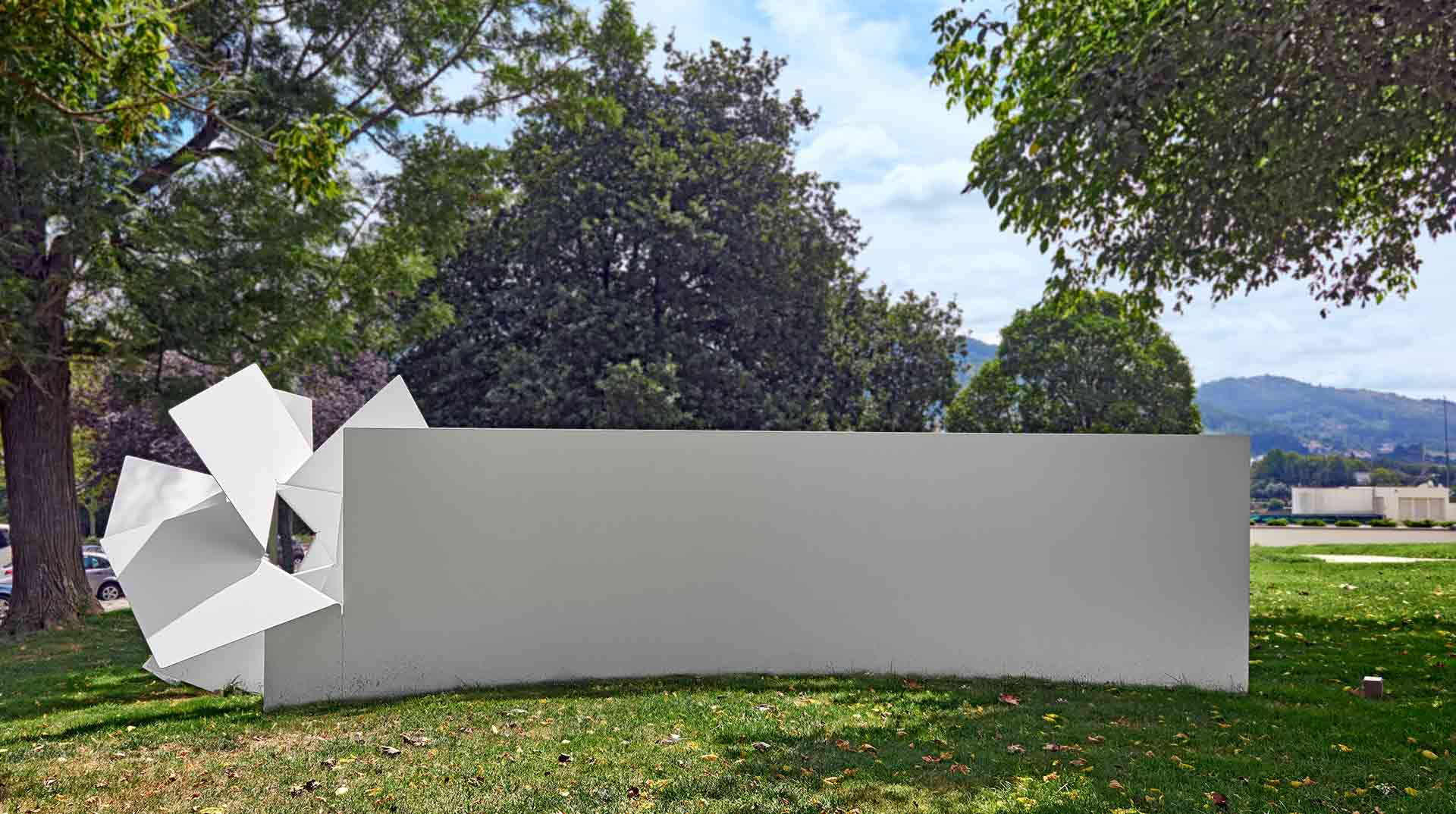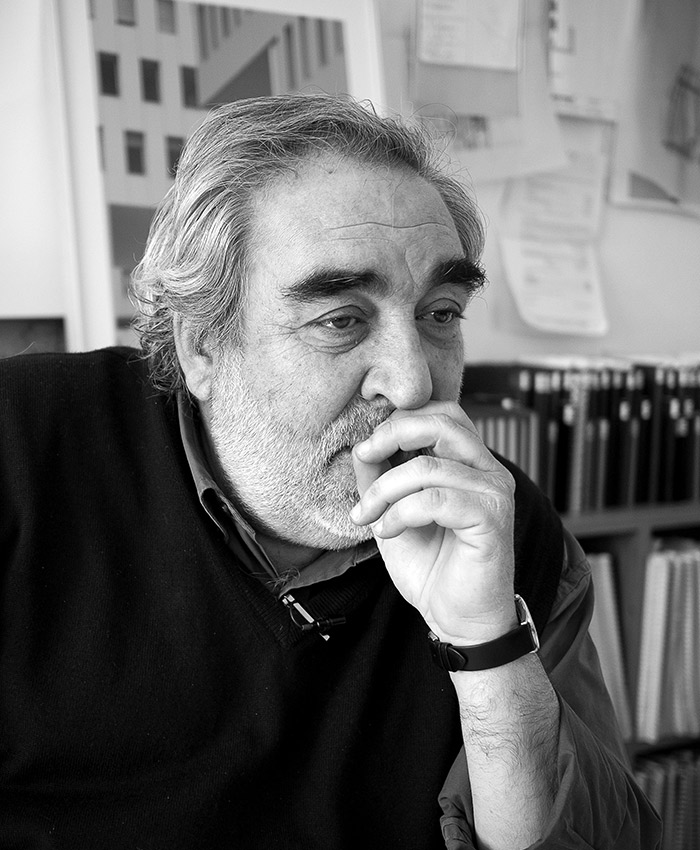Explore
MIEC Santo Tirso International Museum of Contemporary Sculpture is presently a reference in the international artistic scene and an adventure without limits for those who accept the challenge of visiting it. Visiting the MIEC outdoor collection of sculptures means entering a labyrinth of shapes, colors, imposing volumes or discreet passages, disconcerting figures or luminous cracks that make our imagination travel beyond the reach of our arms. A slowly maturing project that has been developing since 1990, it currently offers more than 50 artistic proposals distributed throughout the city’s spaces and gardens. The collection is intended to be plural and representative of the diversity of perspectives and artistic currents of our time within the scope of sculpture and its multiple relationships with the public space.
Google Arts & Culture
Discover the multimedia exhibition of the Santo Tirso International Museum of Contemporary Sculpture on the Google Arts & Culture platform.


Featured Exhibitions
A programação do Santo Tirso International Museum of Contemporary Sculpture assenta na apresentação de exposições de cáracter permanente e temporárias.
-
 © José Rocha
© José RochaPermanent Exhibition – MIECST
Learn more -
 © João Ferrand
© João FerrandTemporary Exhibition “La grande table… et al” de Pedro Cabrita Reis, 2018
-
 © Lília Carvalho e Miguel Ângelo
© Lília Carvalho e Miguel ÂngeloTemporary Exhibition “Round and about” de Reinhard Klessinger, 2020
-
 © João Rocha
© João RochaTemporary Exhibition “Escultura Íntima” de Miquel Navarro, 2016
-
 © António Jorge Silva
© António Jorge SilvaTemporary Exhibition “Processo” de Fernanda Fragateiro, 2018
-
 © Lília Carvalho e Miguel Ângelo
© Lília Carvalho e Miguel ÂngeloTemporary Exhibition “Depois de Marte” de Fernando Casás, 2019
Architecture
Faced with the need to intervene in the former Museum and build a reception space for MIEC, Siza Vieira and Souto Moura proposed that the entire intervention should focus on recovering the essence of the monastery and its context.
Combining the two programs made it possible to create a single reception hall based on the body newly built, thus reconstituting the symmetry of the original façade.
The extension, a regular and delicate parallelepiped fixed in place through a wise play of tensions: monastery, promenade, chapel and monastery fence.
The internal space, following a contained program, appears rigorous and clear. Only the staircase goes against that, designed and built as it was with a formal eloquence that brings it closer to a sculpture, which makes perfect sense since, after all, this building houses the International Museum of Contemporary Sculpture.
Architects
-
 © Alfredo Cunha
© Alfredo CunhaEduardo Souto de Moura
Eduardo Souto de Moura was born in Porto on July 25, 1952. He studied at the School of Fine Arts of Porto, where he completed the course of Architecture in 1980. He was the author of numerous works of rehabilitation that focused on properties of great heritage value, the history and the ruin being the raw material for the design of the new project. History and contemporaneity are not mutually exclusive; sometimes they are juxtaposed, other times they are mixed to create a new object that carries within itself all the energy of the past in the affirmation of the present object.
If at the beginning of his career he approached minimalism, with Mies Van der Rohe as a reference, he later experimented with other paths that explored more complex forms, getting closer to Álvaro Siza, his first master.
He has received numerous awards, including the Pritzker Prize in 2011.Among others, he designed the Centro de Arte Contemporânea Graça Morais in Bragança and, in collaboration with Álvaro Siza, the rehabilitation of the Museu Municipal Abade Pedrosa and the headquarters of the Museu Internacional de Escultura Contemporânea in Santo Tirso.
-
 © Clara Azevedo
© Clara AzevedoÁlvaro Siza Vieira
Álvaro Siza Vieira was born in Matosinhos on June 25, 1933. He studied Architecture at the School of Fine Arts of the University of Porto between 1949 and 1955. Influenced by the works of architects Adolf Loos, Frank Lloyd Wright and Alvar Aalto, from an early age he managed to develop his own language, with international modernist references always present but also marked by the Portuguese building tradition. In Portugal, he distinguished himself by works such as the Casa de Chá in Leça da Palmeira, the Faculdade de Arquitetura da Universidade do Porto, the Museu de Arte Contemporânea de Serralves, the Igreja de Marco de Canaveses, the headquarters of the Museu Internacional de Escultura Contemporânea of Santo Tirso, as well as the Museu de Arte Contemporânea Nadir Afonso in Chaves.
See moreÁlvaro Siza Vieira was born in Matosinhos on June 25, 1933. He studied Architecture at the School of Fine Arts of the University of Porto between 1949 and 1955.
See less
Influenced by the works of architects Adolf Loos, Frank Lloyd Wright and Alvar Aalto, from an early age he managed to develop his own language, with international modernist references always present but also marked by the Portuguese building tradition.
In Portugal, he distinguished himself by works such as the Casa de Chá in Leça da Palmeira, the Faculdade de Arquitetura da Universidade do Porto, the Museu de Arte Contemporânea de Serralves, the Igreja de Marco de Canaveses, the headquarters of the Museu Internacional de Escultura Contemporânea of Santo Tirso, as well as the Museu de Arte Contemporânea Nadir Afonso in Chaves.
In addition to these, his work abroad also became well-known, such as in Santiago de Compostela, Barcelona, Hague, Maastricht, Alicante, and Granada.
Due to the standing his work has achieved, Siza Vieira is currently considered the Portuguese architect with the most international visibility and prestige.


